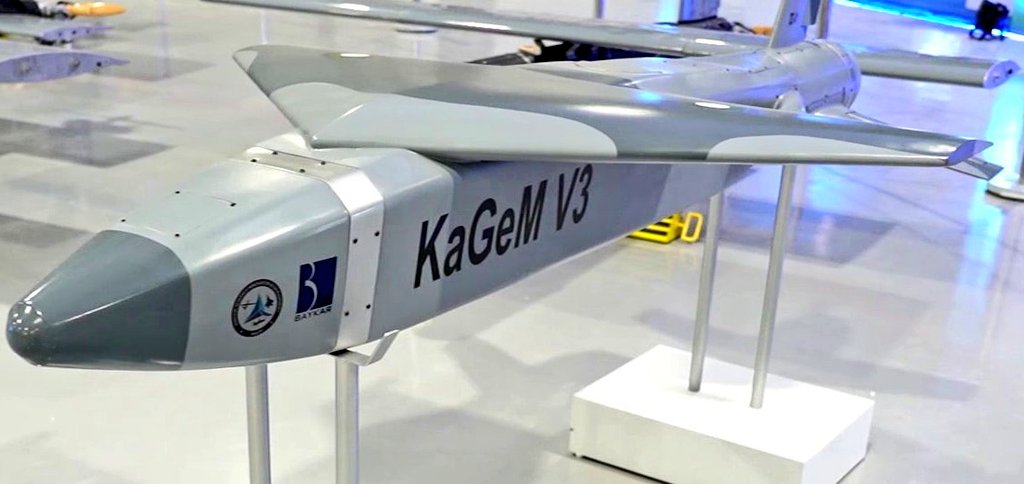SOURCE: AFI


Tensions rise as Pakistan’s Air Force (PAF) ramps up its air-launched cruise missile (ALCM) capabilities. This development comes amidst concerns that the Indian Air Force (IAF) might be falling behind in this crucial area.
The PAF’s primary focus seems to be the KaGeM V3, a mini ALCM jointly developed with Turkey’s Baykar. This missile, similar to Baykar’s KEMANKE? 2, offers a potential range of 200 km and the ability to be launched from platforms like the Bayraktar Ak?nc? drone. This significantly bolsters the PAF’s long-range strike capabilities.
The IAF, on the other hand, has a more limited ALCM inventory. The Scalp cruise missiles are currently restricted to the Rafale jets (only 36 in number), while the BrahMos-A missiles are carried by the Sukhoi-30MKIs (around 20). This creates a dependence on a limited number of fighter jets for long-range strikes.
India’s Defence Research and Development Organisation (DRDO) is working on addressing this gap. The long-range ALCM variant of the ITCM missile, with a potential range of 600-800 km, is under development. However, it remains in the initial stages. Similarly, reports suggest a stealth cruise missile with a range of 250-300 km is also on the drawing board, but yet to begin developmental trials.
The PAF’s advantage with the KaGeM V3 cannot be ignored. It provides a long-range strike option with greater operational flexibility through drone platforms. However, it’s crucial to consider the bigger picture. IAF’s reliance on a limited number of platforms for ALCM deployment is a concern. Integrating these missiles with a wider range of fighter jets is essential.
Expediting indigenous ALCM development, diversifying launch platforms, and continuously evaluating its overall combat edge are critical steps. This will ensure that the IAF remains a formidable force in the region.